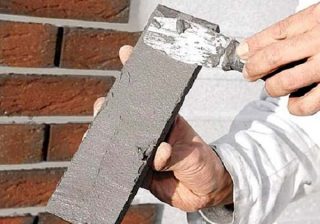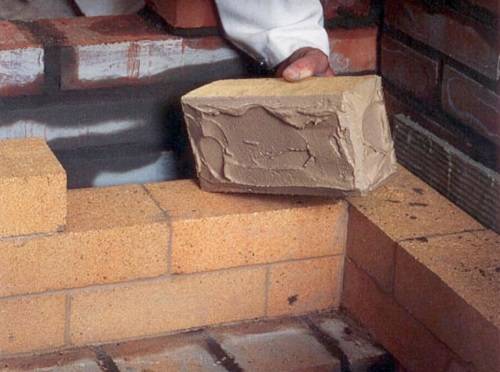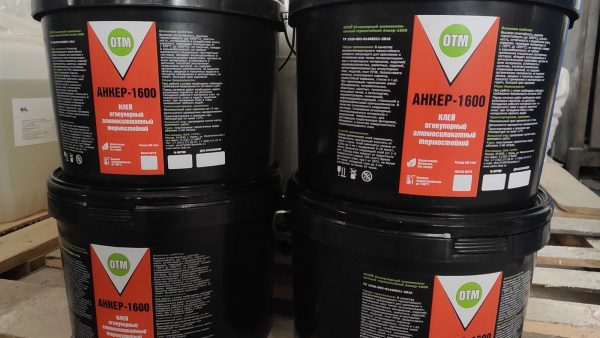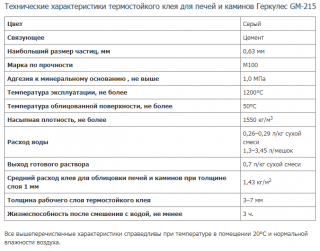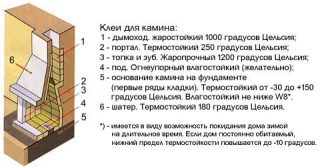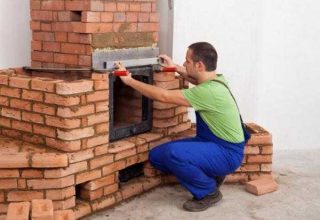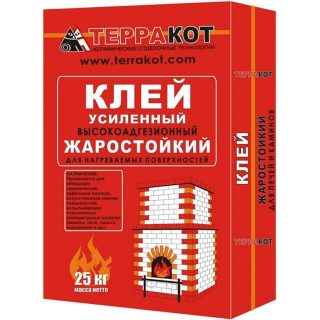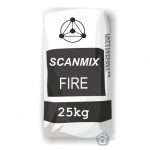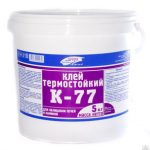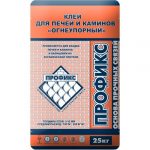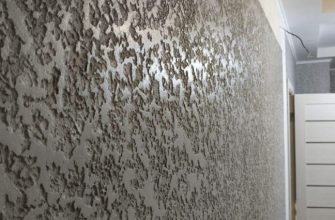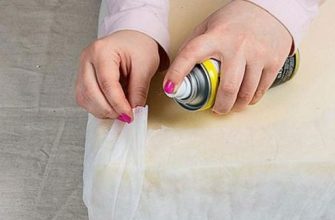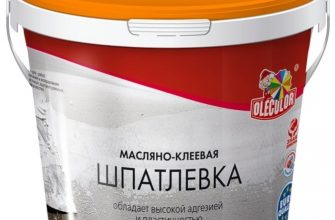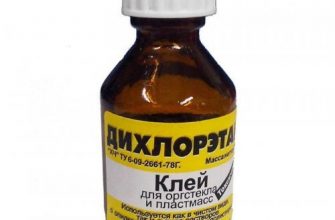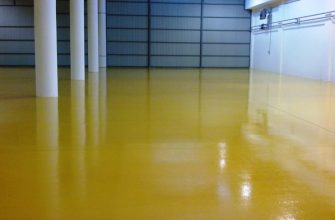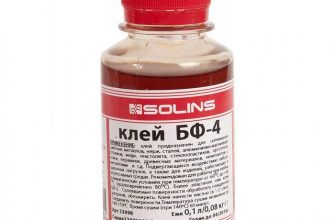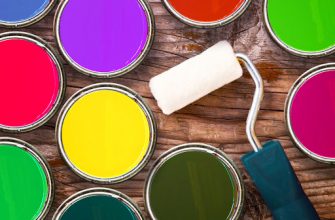In repair and construction work, there is often a need for an adhesive composition, not only reliable and durable, but also resistant to temperature. Such a composition is necessary, for example, when laying tiles on a "warm floor", when arranging fireplaces. Special heat-resistant adhesives are used in such works.
Features of Heat Resistant Adhesive
Distinguish several types of heat-resistant compounds.
- Heat resistant - withstands exposure to temperature up to + 140 ° С within 3 hours... Designed for wall cladding in the bathroom, the body of a decorative and electric fireplace and other things.
- Heat resistant - withstands temperature in + 140 ° С unlimited time... Used when installing tiles on a floor with a heating system.
- Heat resistant - does not change its technical characteristics at temperatures from -10 to + 140 ° С... Designed for finishing rooms that are rarely used in the cold season, or in buildings where the temperature rises periodically - baths, saunas.
- Heat resistant or heat resistant... Withstands exposure to temperatures up to + 1000 ° С unlimited time... It is used for cladding stoves and fireplaces and for laying elements that do not come into contact with fire.
- Fire retardant - resists open fire within 3 hours... It is used when laying a fireplace insert, if the latter is used periodically.
- Refractory - withstands open flame unlimited time... The glue is taken for laying the furnace firebox.
The cost of the composition changes markedly as its resistance to heat increases. Therefore, when choosing glue, you need to determine exactly what it is being bought for.
Composition and characteristics
The properties of refractory oven adhesive depend on its composition. There is no one-size-fits-all solution. Each of the options has certain useful qualities.
Distinguish between natural and synthetic adhesives. Their composition is somewhat different.
- Mineral glue - based on cement and clay. They act as astringents. The filler is sand. The glue looks more like a masonry mortar. Differs in strength, is heat-resistant - withstands temperature up to + 1200 ° С... To turn it into a masonry mortar for a furnace, it is enough to replace ordinary clay with fireclay.
- Aluminosilicate - the main component is sodium metasilicate or water glass and kaolin clay. The filler is quartz sand. The composition can withstand temperatures up to + 1360 ° C, however, it is not very durable - no more than 25 years. The adhesive properties of the glue are noticeably higher, so that it often acts as a high-temperature facing compound.
- Synthetic blend based on aluminosilicate and kaolin, but with an unusual type of plasticizer - talcum powder. Component provides temperature resistance up to + 1500 ° С, and with an unlimited exposure time.
Glue of any category can be bought ready-made or made by yourself.
Specifications
- temperature resistance - from +900 to + 1300 ° С;
- adhesion - 1.2–1.5 MPa;
- acidity - 10-12;
- composition density - 1.8–4 g / cm³;
- setting time - 20-30 minutes;
- ultimate bending load - 4–4.5 MPa.
Indicators of heat-resistant and heat-resistant glue are different. They are shown on the package. Before purchasing, you need to clarify the characteristics of the product.
Varieties and selection criteria
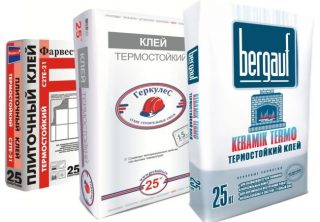
To choose the right glue for fireplaces and stoves, you need to consider the following parameters:
- appointment - for the installation of tiles and finishing the fireplace insert, different compositions are needed;
- adhesion level - the higher it is, the more reliable the fastening;
- heat resistance - working temperature of the glue;
- frost resistance - if the composition is used for finishing unheated rooms;
- operating mode - periodic or continuous use;
- mechanical stress.
A good refractory is expensive. If the price is low, it is fake.
For laying stoves and fireplaces
The fireplace is rarely a heating tool, as it is ineffective. Most often it is a decorative element. If it is used no more than 3 hours in a row, heat-resistant adhesives can be used for masonry.
For cladding stoves and fireplaces
Tile adhesive for fireplaces and stoves is used for cladding the cabinet. The exposure temperature is much lower here, but the exposure time is much longer. Clay brick is used for the stove. It accumulates heat and then releases it into the air for a long time. That is, the adhesive layer between the brick and the tile must also retain heat.

Recommendations for use
- The surface for cladding must be thoroughly cleaned, especially from oil and grease stains - they reduce adhesion. If the substrate is highly absorbent, first treat it with a primer.
- Dry mixtures are prepared 2 hours before work: after mixing, they need about an hour to settle. You need to dilute the glue with clean water, better filtered.
- To obtain a homogeneous composition, it is recommended to use a drill with an attachment or a mixer.
- The glue is applied in a thin layer, both when installing tiles and laying bricks. This is his advantage.
Heat-resistant and heat-resistant mixtures are taken not only for the construction of stoves or masonry of porcelain stoneware. They are used in the repair of heaters, microwave ovens, electric ovens.
Manufacturers overview
- "Terracotta" - the most famous heat-resistant glue on the Russian market. It is applied in a very thin layer, it has high adhesion.
- "Profix" - option for finishing the portal. It is very plastic, it is allowed to use it for masonry, if the hearth will not be heated around the clock.
- Scanmix Fire - heat-resistant composition of the Finnish company. Designed for laying coal stoves and fireplaces, as well as chimneys.
- "Parade K-77" - refractory glue, characterized by a fast solidification period and increased strength. Recommended for furnaces operating under load.

